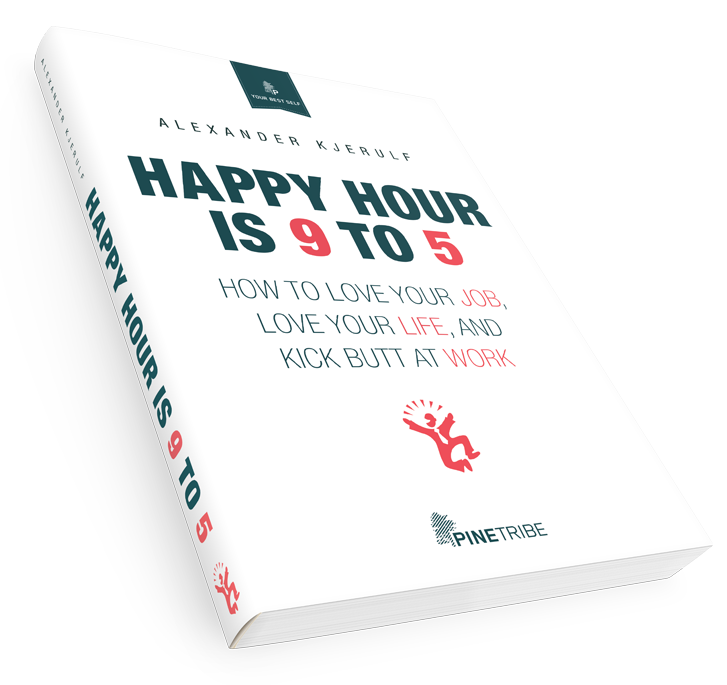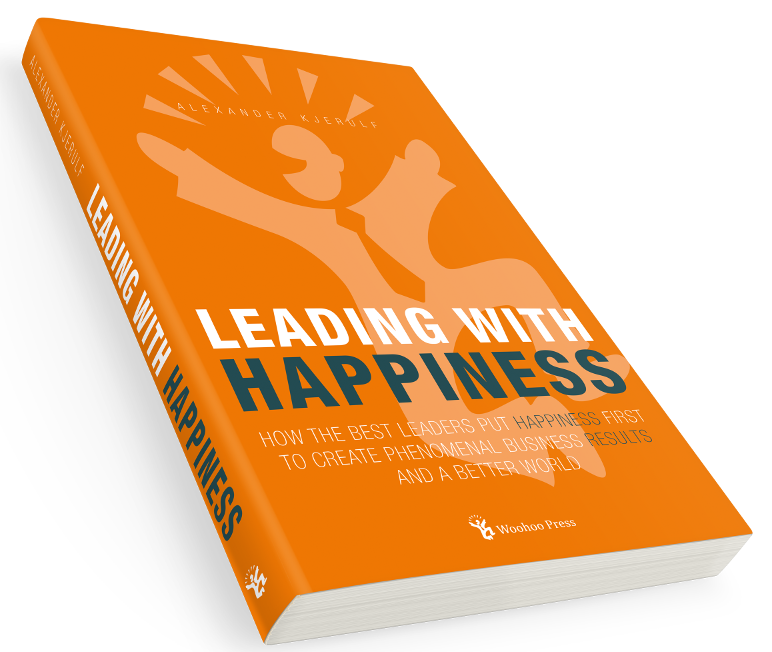I’ve gotta come clean here: I’m a huge fan of Neal Stephensons work, so when I heard that he’d written not one book, but a series of three books each around 900 pages long, I was thrilled. Then I read the first one (Quicksilver), and to be perfectly honest, I was bored. I felt it had it’s moments, but that it would’ve been twice as good if it had been half as long. I started on the second book in the series (The Confusion) , and ground to halt about 200 pages into it. Too boring. I really wanted to like Quicksilver though, so I wrote this luke-warm review of it. Man, was I ever wrong! :o)
A couple of months ago, I decided to re-read Quicksilver, and what a change that made. Suddenly I got it. I found that in my eagerness to devour that book, I’d missed most of it. You see, these books are subtle. They contain so much good stuff, but it’s not all out in the open – you may have to work for it. On re-reading Quicksilver I really got into it, and suddenly, 900 pages seemed just right. Especially when there are two more book in the series, and the second one is even better.
I cannot find words for how good The Confusion is. We still follow the people from the first book as they strive to find their way in the chaotic world of the late 1600’s and early 1700’s. The themes are still money, piracy, sex, slavery, science, black magic, etc. and the cast is still comprised of vagabonds, galley slaves, scientists, royalty, soldiers, priests, alchymists and much, much more. The action goes (literally) round the world, to places like Egypt, India, Japan, the Philippines, all of Europe and, of course, Qwghlm, the fictional Island that also appears in Cryptonomicon.
I am in awe of how many themes are woven together in this book, and of the amount of research it must have taken. I have never had any sense of what the rennaisance was like, and suddenly the 1600’s seem real and present to me. I’ve done some fact-checking in Wikipedia, and it only serves to expand and deepen the picture that Stephenson paints of that period.
The ending is just about the funniest, saddest, most satisfying, most intriguing and most annoying thing I’ve ever read. And I can’t wait to read the final book in the series which is The System of the World.
Interesting factoid: Neal Stephenson wrote all three books with a fountain pen!
I?ve written every word of it so far with fountain pen on paper. Part of the theory was that it would make me less long-winded, but it hasn?t actually worked. I think it has improved the quality of the actual work somewhat, simply because it is actually easier to edit something on paper than on screen. So usually every page of the original manuscript has been gone over 2 or 3 times before it goes into the computer and then when I type it into the computer that?s another pass again where I can make changes if I want to.



Leave a Reply